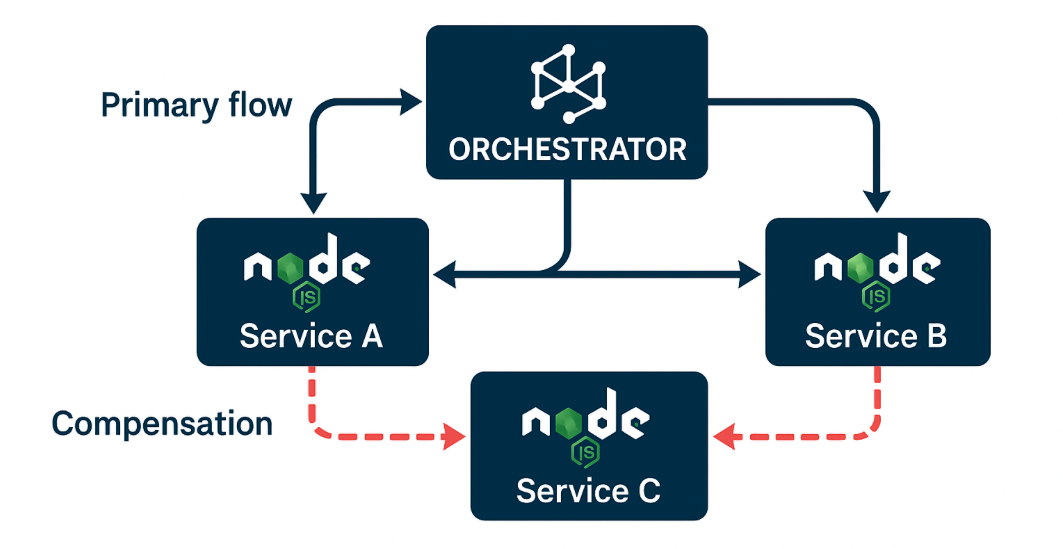Implementing the Saga Pattern: Orchestrating Distributed Transactions in Microservices with Node.js
In today’s landscape of distributed microservices, ensuring data consistency across multiple services without sacrificing scalability is a formidable challenge. The Saga pattern offers a pragmatic solution by breaking down a global transaction into a sequence of local transactions, each with its own compensating action in case of failure. In this article, we’ll explore the orchestration-style Saga, implement an orchestrator in Node.js using Express, dive into code examples demonstrating step-by-step transaction management and failure recovery, and discuss best practices for testing, observability, and extending the pattern in real-world scenarios. Whether you’re grappling with complex workflows or seeking resilient transaction strategies, this deep dive will equip you with the tools to orchestrate reliable distributed transactions in your microservices architecture.


